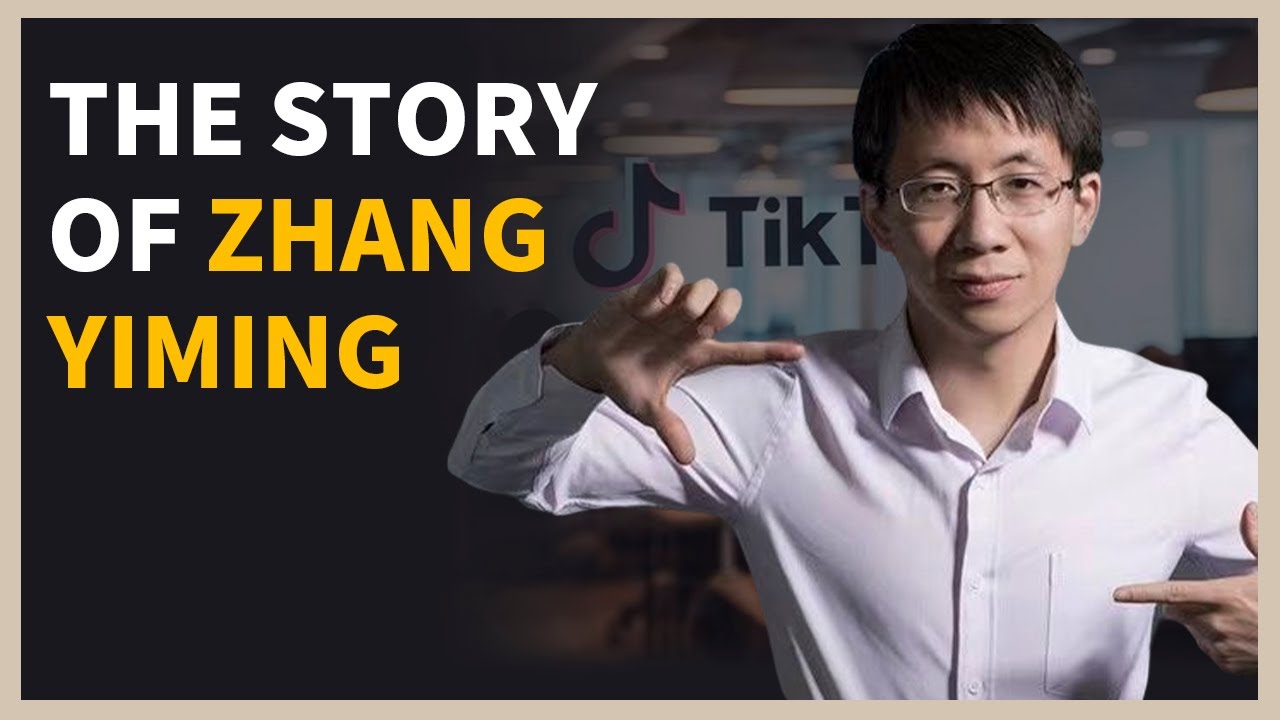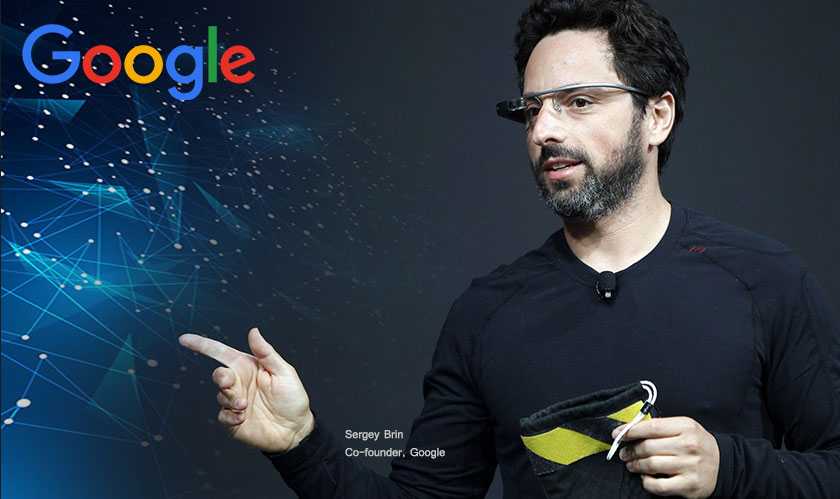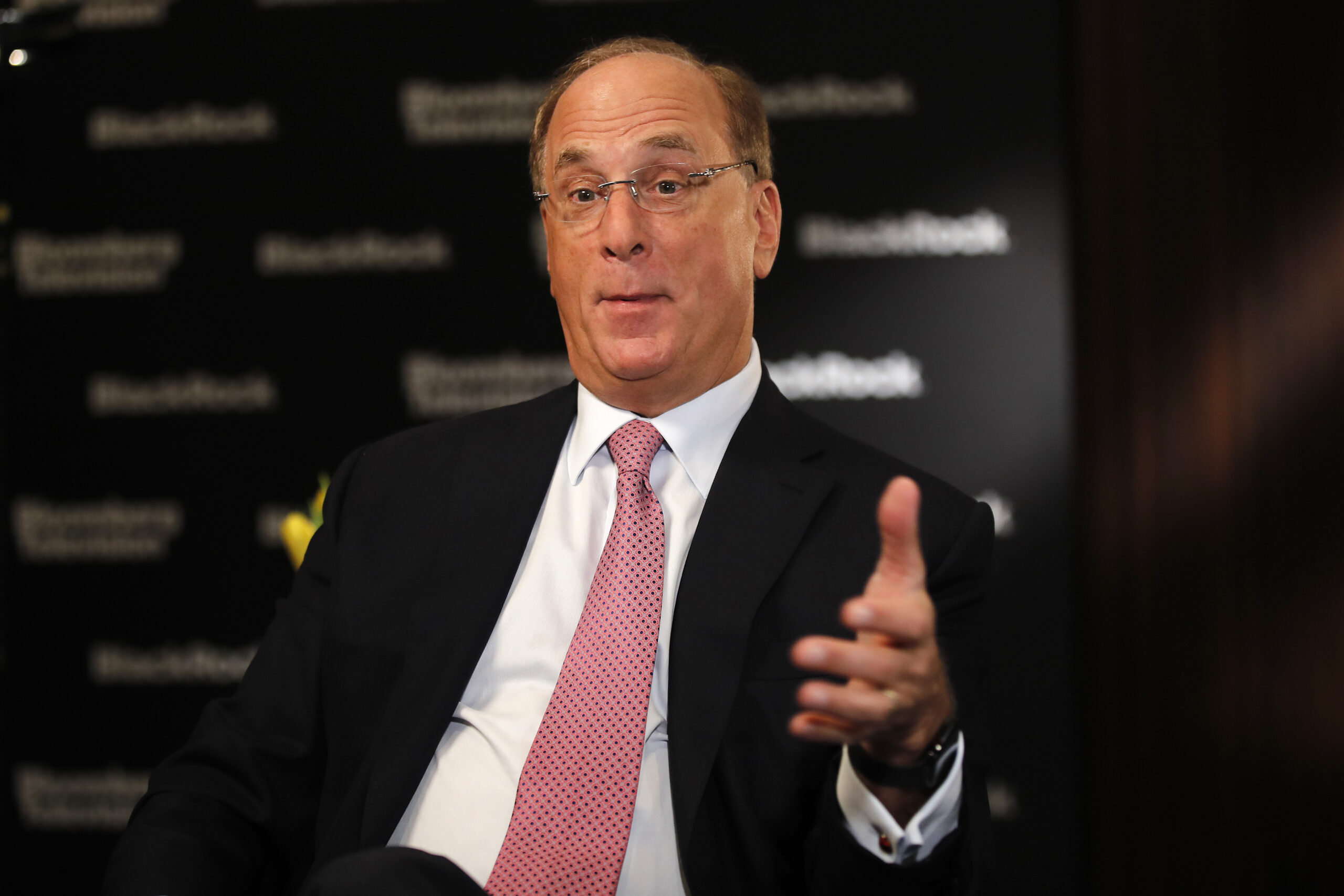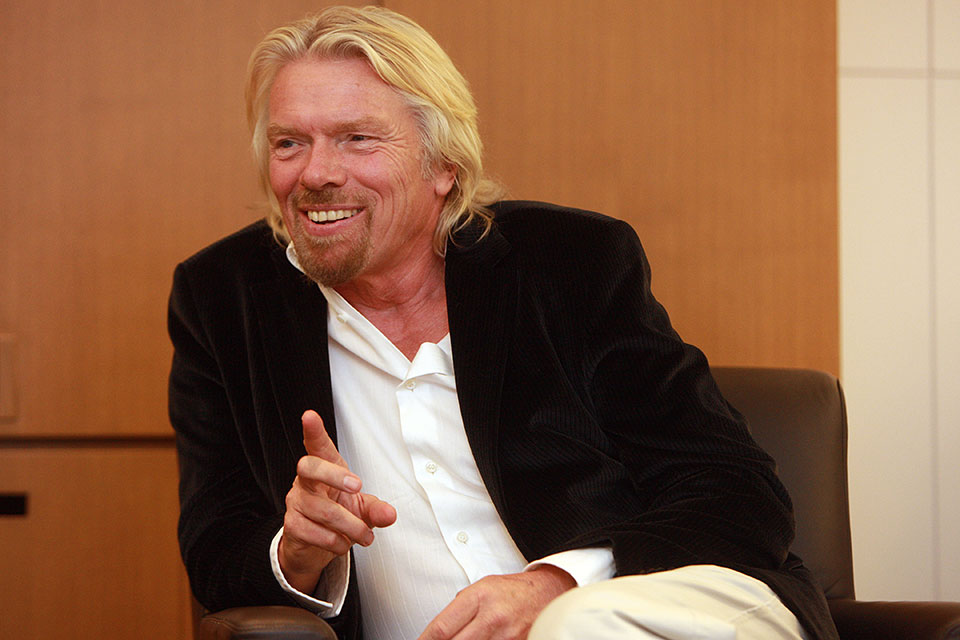Zhang Yiming: The Mastermind Behind TikTok
Zhang Yiming was born on April 1, 1983, in Longyan, a city in the southeastern province of Fujian, China. Growing up, Zhang demonstrated a keen interest in technology and innovation. His parents encouraged his curiosity, which led him to pursue computer science at Nankai University in Tianjin. During his time at university, Zhang’s interest in coding and software development deepened, laying the groundwork for his future entrepreneurial ventures.
Career Beginnings

Image Source: youtube.com
After graduating in 2005, Zhang embarked on his professional journey by joining Kuxun, a travel booking startup, where he quickly ascended to the position of technical director. This early experience in the tech industry exposed him to the dynamic nature of internet businesses and the potential for growth in digital platforms. Zhang then moved to Microsoft, but his stint there was brief due to the restrictive corporate environment. Seeking more creative freedom, he returned to the startup world, working at Fanfou, a Twitter-like microblogging platform.
Founding ByteDance
In 2012, Zhang founded ByteDance with the vision of leveraging artificial intelligence to create content platforms that catered to individual user preferences. The company’s first product, Toutiao, a news aggregation app, used machine learning algorithms to deliver personalized news feeds to users. Toutiao’s success was a testament to Zhang’s innovative approach, rapidly gaining millions of users and becoming one of China’s most popular apps.
The Birth of TikTok
Building on the success of Toutiao, Zhang launched Douyin in China in 2016, a short-form video app that utilized similar AI technology to recommend content. Recognizing the potential for global expansion, ByteDance launched an international version of Douyin in 2017, rebranded as TikTok. TikTok quickly captivated audiences worldwide with its user-friendly interface, diverse content, and powerful recommendation algorithms.
TikTok’s rise was meteoric. By 2018, it was the most downloaded app in the United States, and by 2020, it had amassed over 2 billion downloads globally. The app’s success can be attributed to Zhang’s emphasis on innovation and user experience, as well as his strategic acquisitions, such as the purchase of Musical.ly, which expanded TikTok’s user base in the West.
Challenges and Controversies
Despite its success, TikTok faced numerous challenges, including scrutiny over data privacy and national security concerns. Zhang navigated these issues with strategic diplomacy, emphasizing transparency and compliance with local regulations. His leadership during these turbulent times showcased his resilience and commitment to maintaining TikTok’s integrity and user trust.
Legacy and Future Prospects
Zhang Yiming’s journey from a tech enthusiast in Fujian to the founder of a global digital phenomenon is a remarkable story of vision and perseverance. Under his leadership, ByteDance and TikTok have not only revolutionized content consumption but also set new standards for innovation in the tech industry. As Zhang steps back from day-to-day operations to focus on long-term strategy and innovation, his legacy as a pioneer in AI-driven content platforms continues to inspire the next generation of tech entrepreneurs.

I am a law graduate from NLU Lucknow. I have a flair for creative writing and hence in my free time work as a freelance content writer.







